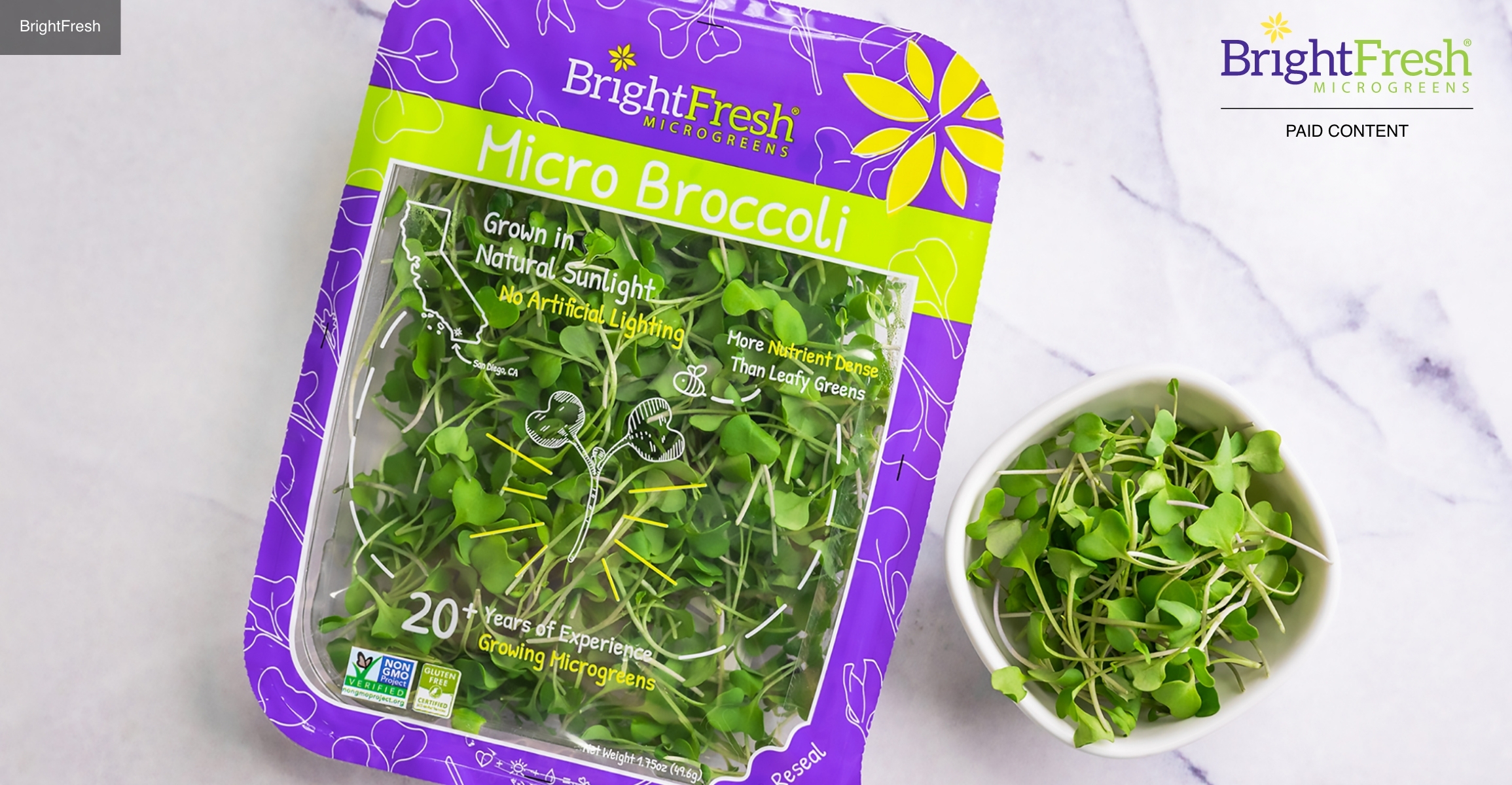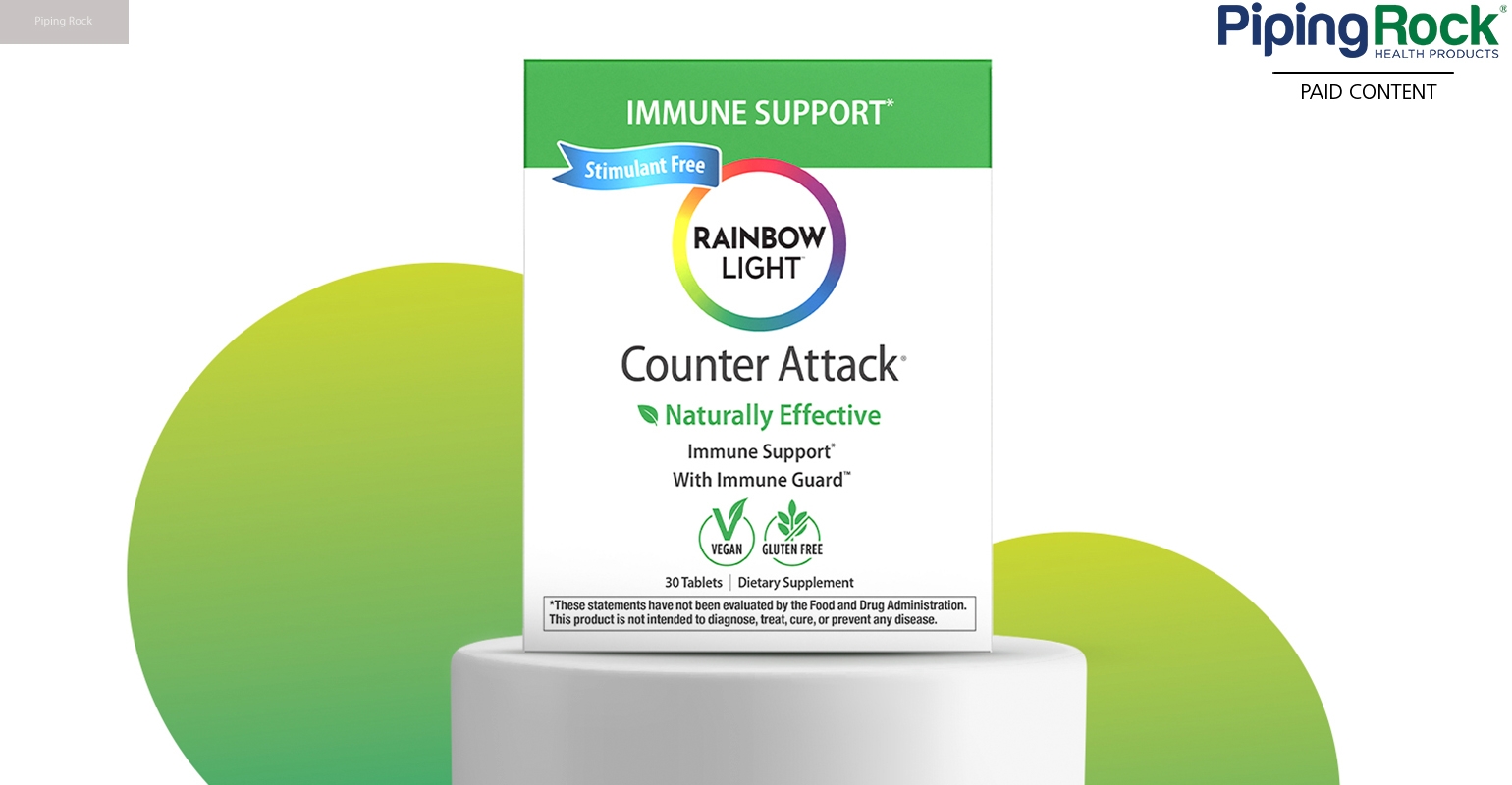| Jars and pouches of the nation's first Regenerative Organic Certified (ROC) baby food, Babylife Organics, landed on Whole Foods Market shelves in the fall. For company founder Richard Harford, the years-long journey to bring ROC baby food to market was well worth the toil and time.
His ROC baby foods don't contain heavy metals—a big problem with many baby foods. And because they're organic, the ingredients that go into the formulations are free from pesticides and herbicides. But the company also embraces regenerative agriculture because it "turns farms into carbon sequestration machines, and you have to bring that message to consumers," Harford says.
Going regenerative was not easy. For Babylife, among other things, it required partnering directly with farms in Turkey. And now the company faces another hurdle: marketing. The regenerative story is complex, revolving around farming practices such as no-tilling, crop rotation and biodiversity—not exactly marketing sizzle.
At the same time, Babylife could face a more existential threat. As more brands embrace different iterations of regenerative agriculture, the term teeters on the edge of overuse and irrelevancy. Greenwashing could drain regenerative agriculture of its potential and promise—and impact retailers, and brands like Babylife, that depend at least in part on consumer passion for regenerative agriculture to drive sales. | 




